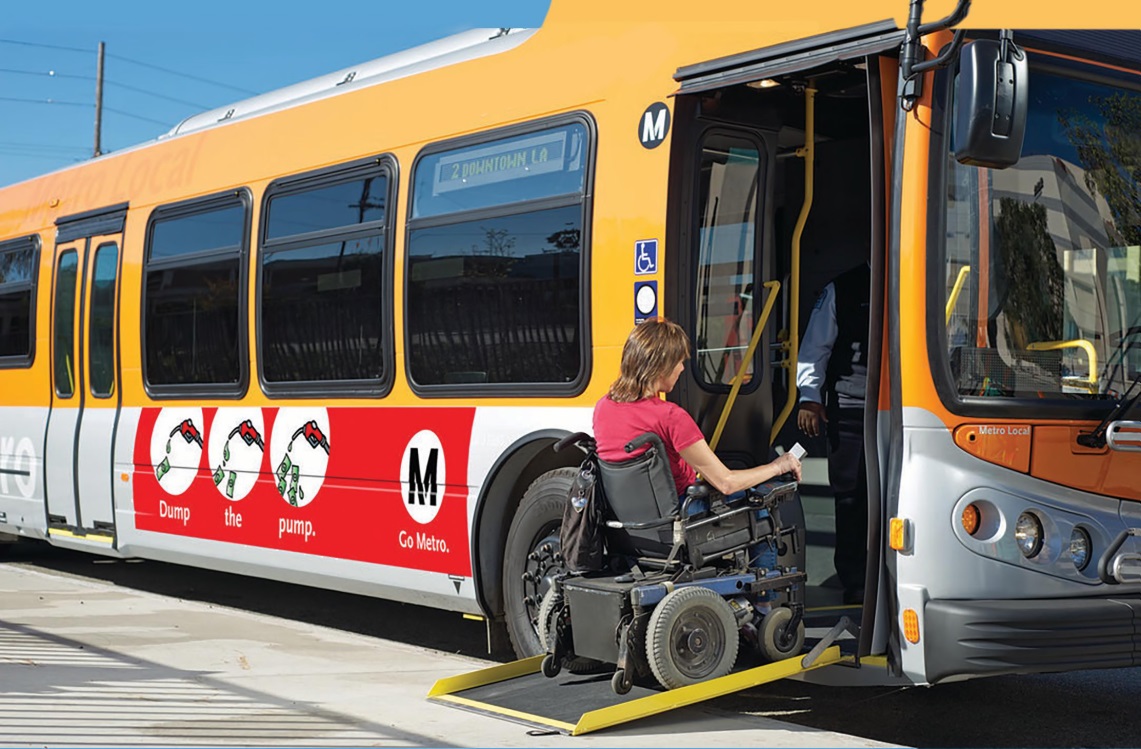
EQUITABLE, ACCESSIBLE, AND INCLUSIVE PUBLIC TRANSPORTATION FOR INDIVIDUALS WITH DISABILITIES
IMPROVED POSSIBILITIES AND OPPORTUNITIES
BY GARIMA JAIN, N.D., C.N.C., CHW
Humans have always been on the move, with early humans moving in search of food and shelter, to humans today where the community mobility and participation are essential to quality of life for virtually everyone. According to the report from the Centers for Disease Control and Prevention, the most common disability type is mobility, which affects 1 in 7 adults. 1
Persons with mobility difficulties are more likely to be poorly educated, living alone, impoverished, obese, and having problems conducting daily activities. Among persons with major mobility difficulties, 30.6% reported being frequently depressed or anxious, compared to 3.8% for persons without mobility difficulties.2
The Americans with Disabilities Act (ADA) is a federal civil rights law that was passed in 1990 and protects people with dis
abilities from discrimination. Title II of the ADA protects individuals with disabilities from discrimination in public transportation services such as: city buses, commuter rail, subway stations, Amtrak and paratransit services. Title III of the ADA applies to private transportation services such as hotel shuttles, private buses, vans, and taxis. The Americans with Disabilities Act (ADA) applies to both public and private ground transportation providers who are required by law to provide the following.3